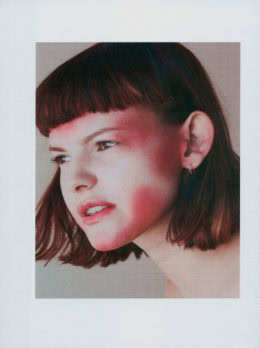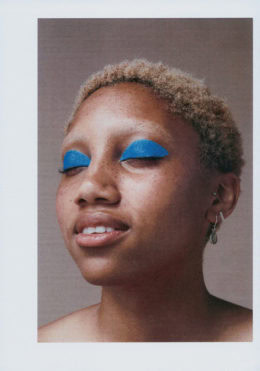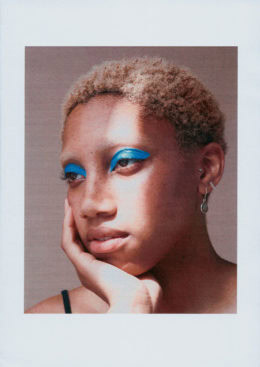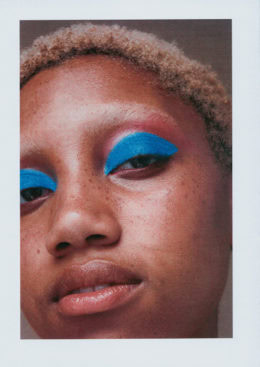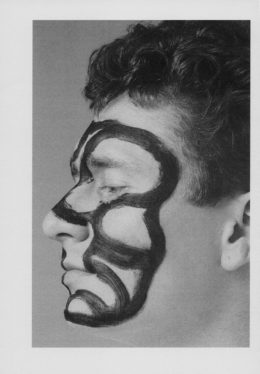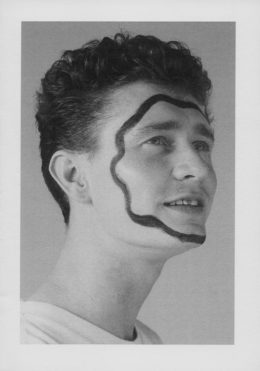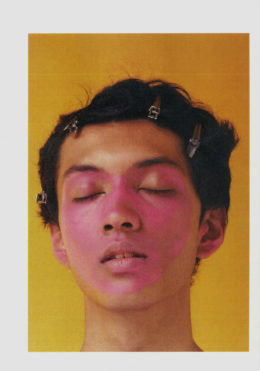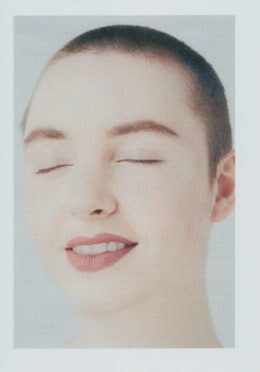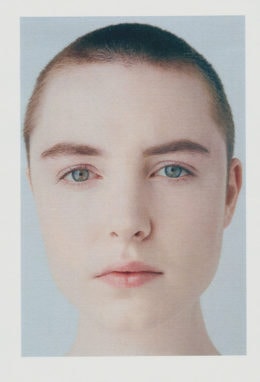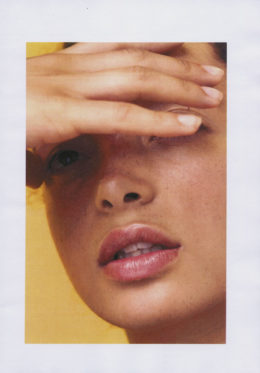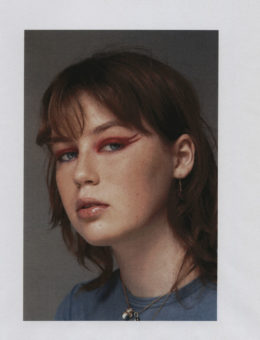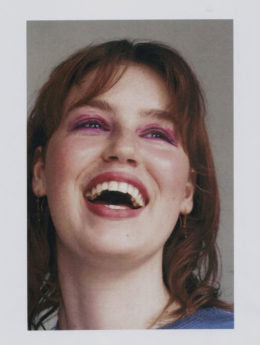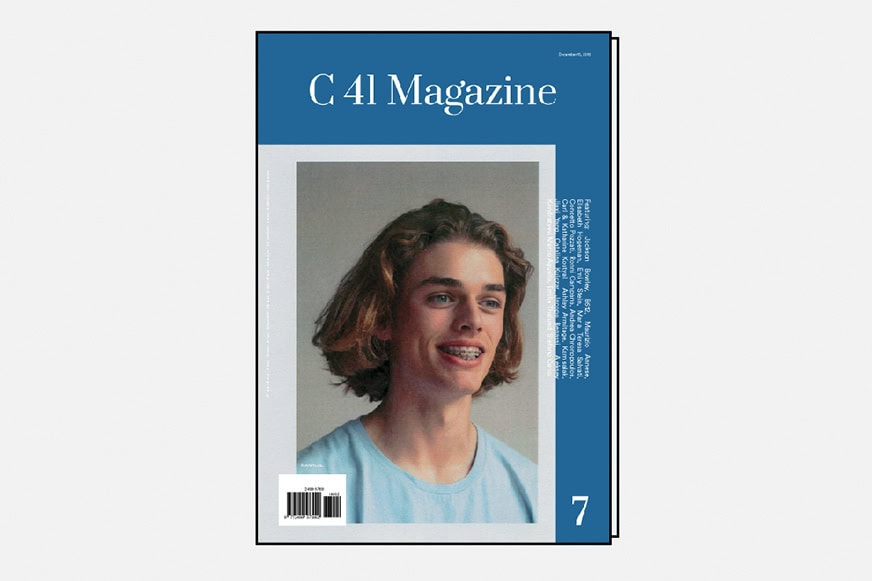When thinking of the genre of fashion photography, a specific set of features comes to mind: the glossy, the vivid, an aura of the here and now. The immediate evocation of these features is an implication of the way in which the codes of fashion photography have established themselves through both mainstream and independent publications. In the exploration of the possibilities for subversions of these canons lies the artistic research by Jackson Bowley, a London based photographer who has redefined glossy portraiture by evoking textures and tones of lo-fi homemade prints, zines, and archived magazine clippings. In turn, the resulting gritty appearances of images expose a contemporary beauty, that is dense with subtle references to the past.
In this respect, beauty emanates from the subjects that are being photographed, but also, and perhaps primarily, from the project’s fascination for archives and for the technical means amongst those in use in archival processes. Bowley explains that the idea originates from observing archived magazines and newspaper clippings, preserving in low definition the memory of published material about events, happenings and their reception. In isolating this idea, and applying it to beauty portraits, Bowley’s Xenox project thus replaces the glossiness of fashion photography with the aura of the distant, typical of archives and faded newspapers.
The fascination for some of most traditional archival processes and the fact that archived materials themselves inspired the Xenox project demonstrates the future-filled potential of archives. This idea has recently been central to academic research and artistic practice with archives at their heart, highlighting their paradoxical nature: they are existentially geared towards the past and its preservation, but they are able to inspire the production of new content outside their premises.
In turn, the relationship of cause and effect between archives, research and practice that is embedded in Bowley’s project, adds layers of complexity to the definition of what it might mean to be contemporary today. Philosopher Giorgio Agamben has described the contemporary condition as the discursive and aesthetic coexistence of multiple timeframes within the present one. His words come to mind when looking at Bowley’s project and the aura of the distant that emanates from each image: “Contemporariness is, then, a singular relationship with one’s own time, which adheres to it and, at the same time, keeps a distance from it.
More precisely, it is that relationship with time that adheres to it, through a disjunction and an anachronism.” Embedding anachronism is its technique, creating an sense of undefined temporal rupture with the present, Bowley’s fashion portraiture reveals its relevance in the contemporary.
This story is featured on C41 ISSUE 7 Bellissimo.





